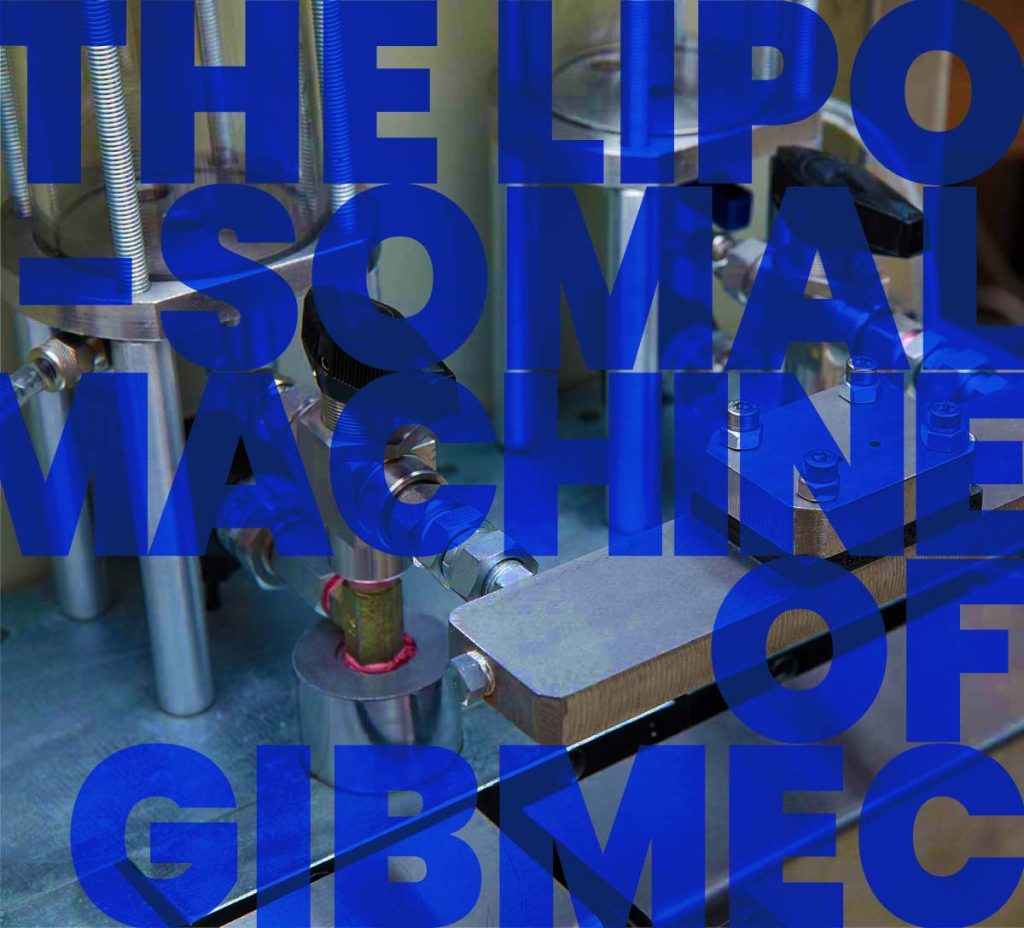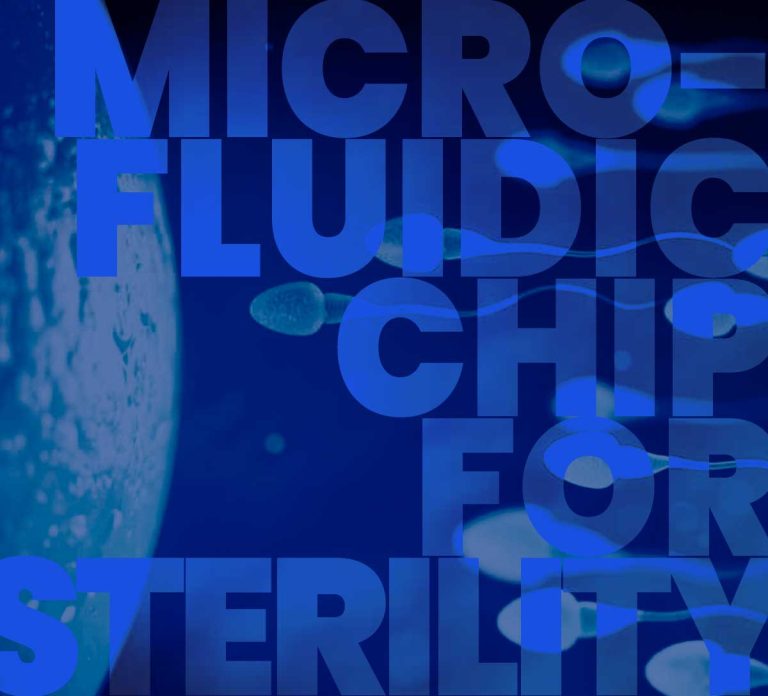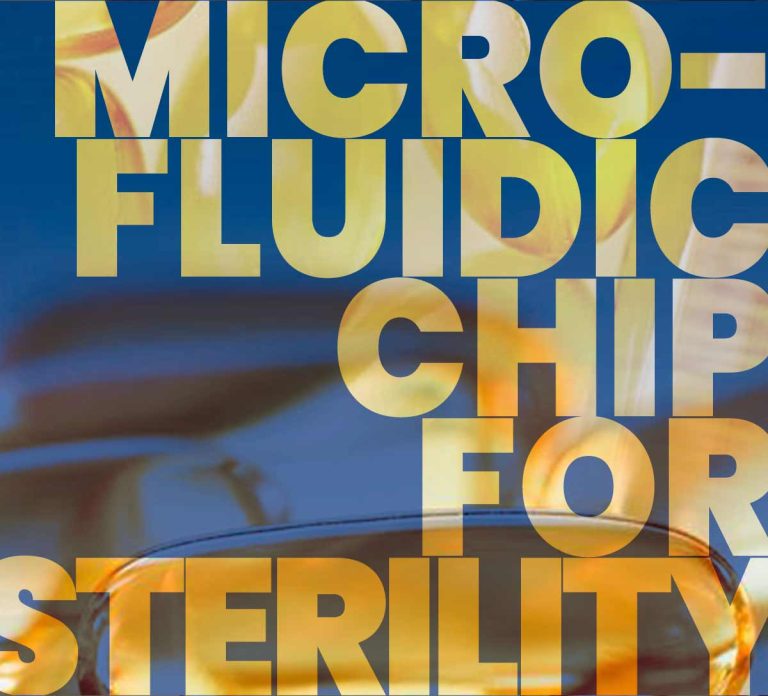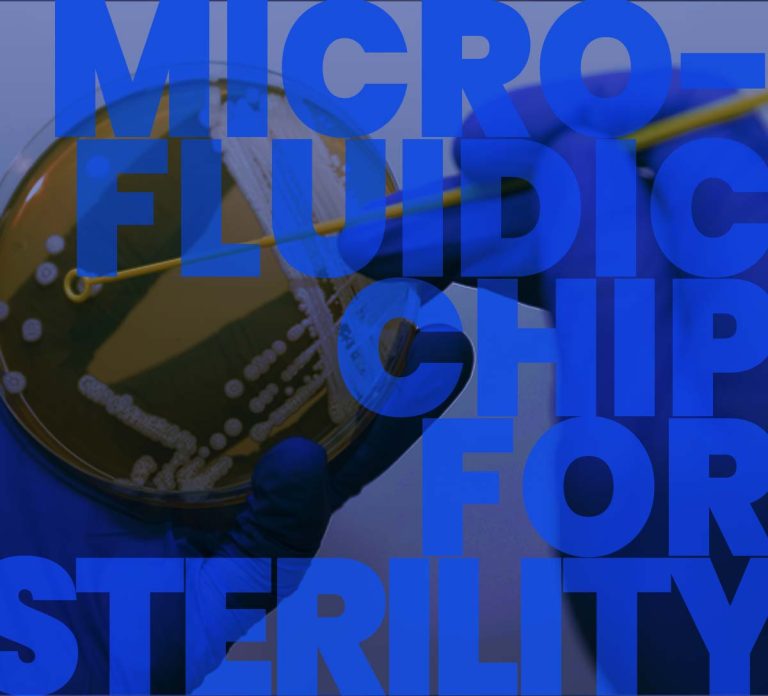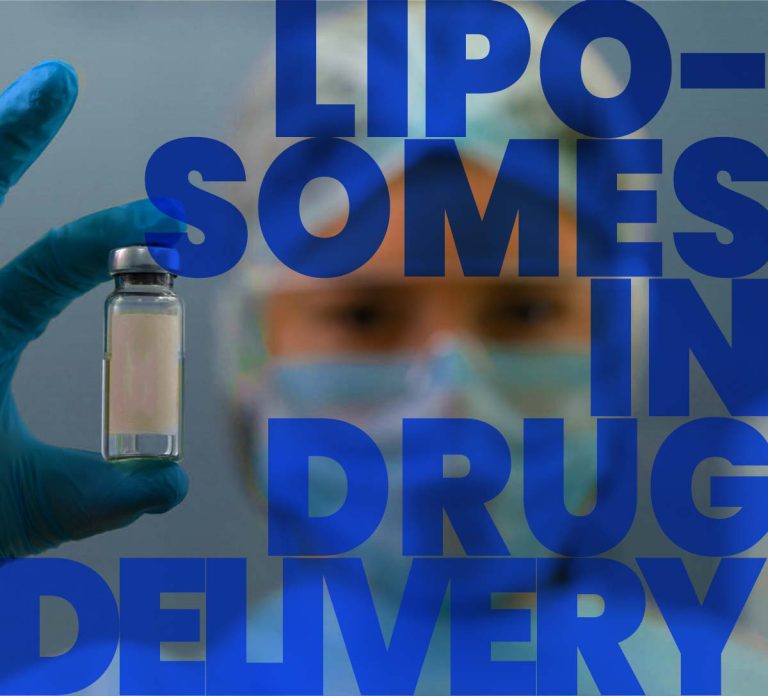Abstract
GIBMEC Liposomal machine effectively uses microfluidic technology to produce Microencapsulation products. Microfluidics technology has a wide range of applications in the food processing industry. Encapsulation involves surrounding minute particles or droplets with a coating to create tiny capsules.
Microfluidic application for microencapsulation
GIBMEC Liposomal machine effectively use microfluidic technology to produce Microencapsulation products. The technology of microfluidics is multidisciplinary and has a wide range of applications, one of which is in the food processing industry. In order to create food that is both more useful and safer, more modern technologies in food processing are required to meet the needs of the world’s continuously expanding population. Microfluidic devices are a common option for this kind of processing. On the other hand, The method of microencapsulation involves surrounding minute particles or droplets with a coating to create tiny capsules with practical features. Typically, it is used to include small amounts of dietary items, enzymes, cells, or other things. Here is the ultimate guide on microfluidic application for microencapsulation.
Microfluidics Techniques to Design Encapsulated Ingredients
In order to create innovative food microstructures for the quality, health, and pleasure markets, unit operations where the forming device’s scale is closer to the size of the structural components (i.e., 1–100 m) will likely be necessary. Encapsulation is one specific method for ensuring bioavailability of nutritional supplements or controlled release of active ingredients. The packing of tiny solid, liquid, or gas particles—also known as the core—within a secondary substance—also known as the shell or coating—to create tiny capsules is called encapsulation.
Application of Microfluidic Technology in Food Processing
An essential step in preventing food contamination and supervision is food safety analysis. Construction of efficient on-site, quick, precise, and well-liked food safety sensing techniques is urgently required. Microfluidic application for microencapsulation in food processing stands out among them for its distinct benefits in detection, such as reduced sample consumption, quick detection, easy operation, multi-functional integration, compact size, multiplex detection, and mobility. Here are some benefits of microfluidic application for microencapsulation products in food industry:
- Solids, liquids, and gases may all be contained inside microencapsulates. This makes it easier to manage elements in the liquid and gas phases as solids
- Numerous methods may be used to accomplish microencapsulation, each with a different goal in mind
- It is possible to microencapsulate substances with the goal of keeping the core substance contained inside the capsule walls for a certain amount of time
- Instead, core materials may be encapsulated such that the core material will either be released gradually via the capsule walls (known as controlled release or diffusion) or when external factors cause the capsule walls to rupture, melt, or disintegrate
Droplet Microfluidics for Food and Nutrition Applications
Droplet microfluidic systems may be incorporated into lab-on-chip platforms for in situ and time-resolved studies, giving users unparalleled control over their production and attributes. On-chip studies of droplet interfacial characteristics, droplet-droplet coalescence, phase behavior of biopolymer mixtures, and reaction kinetics linked to food digestion and nutrient absorption are examples of how to use the droplet microfluidics for food and nutrition.
